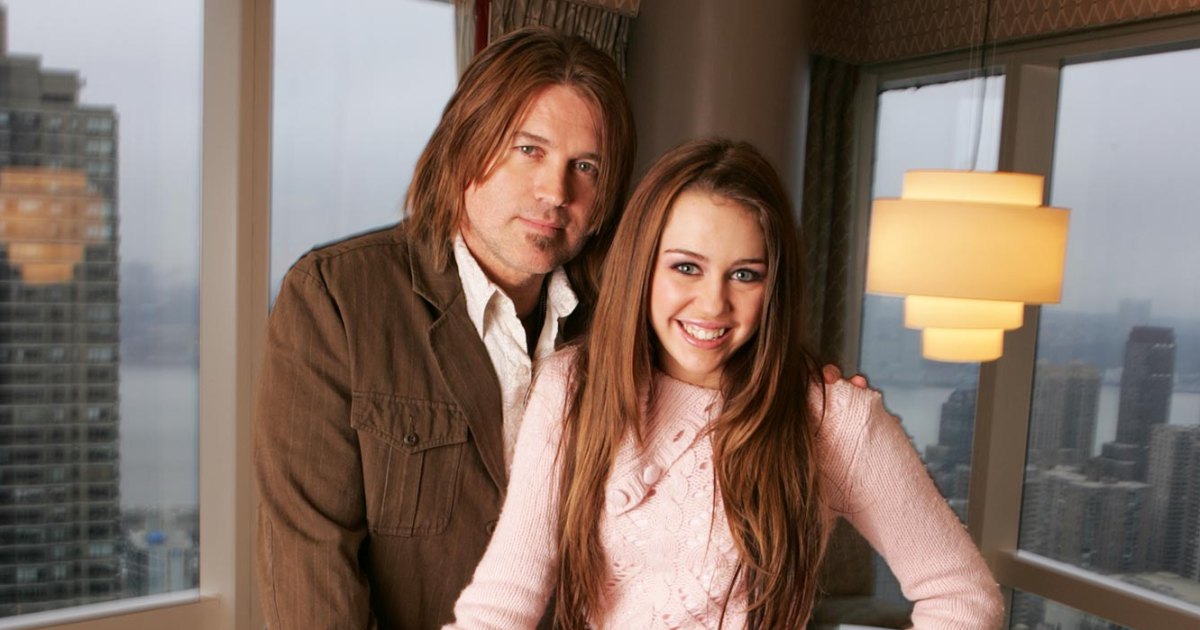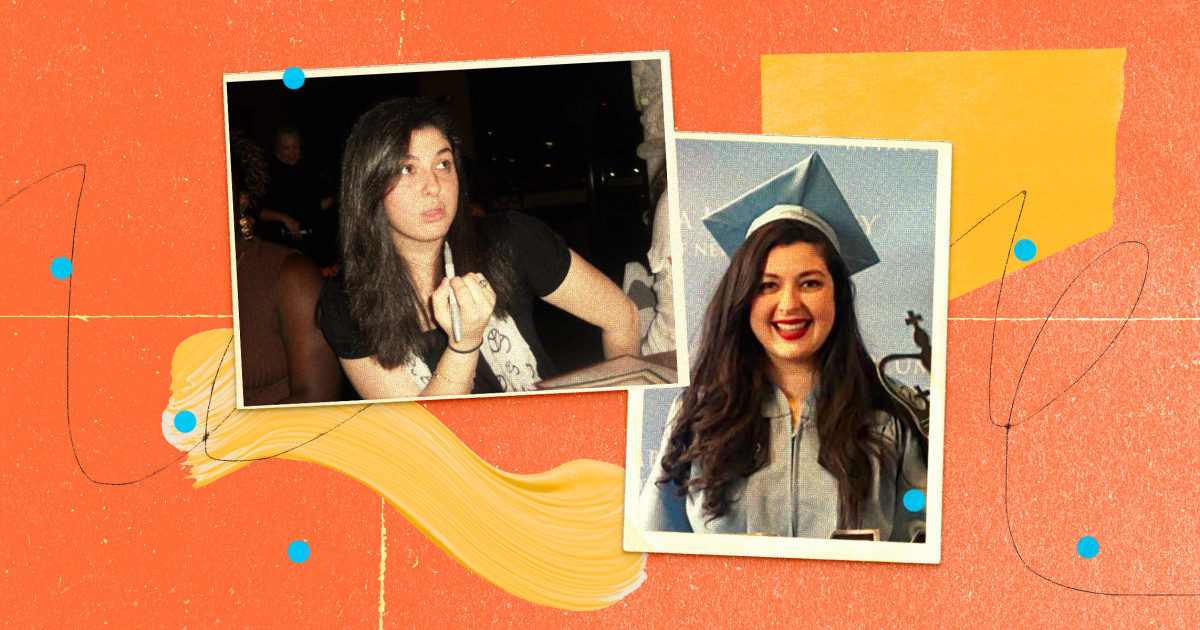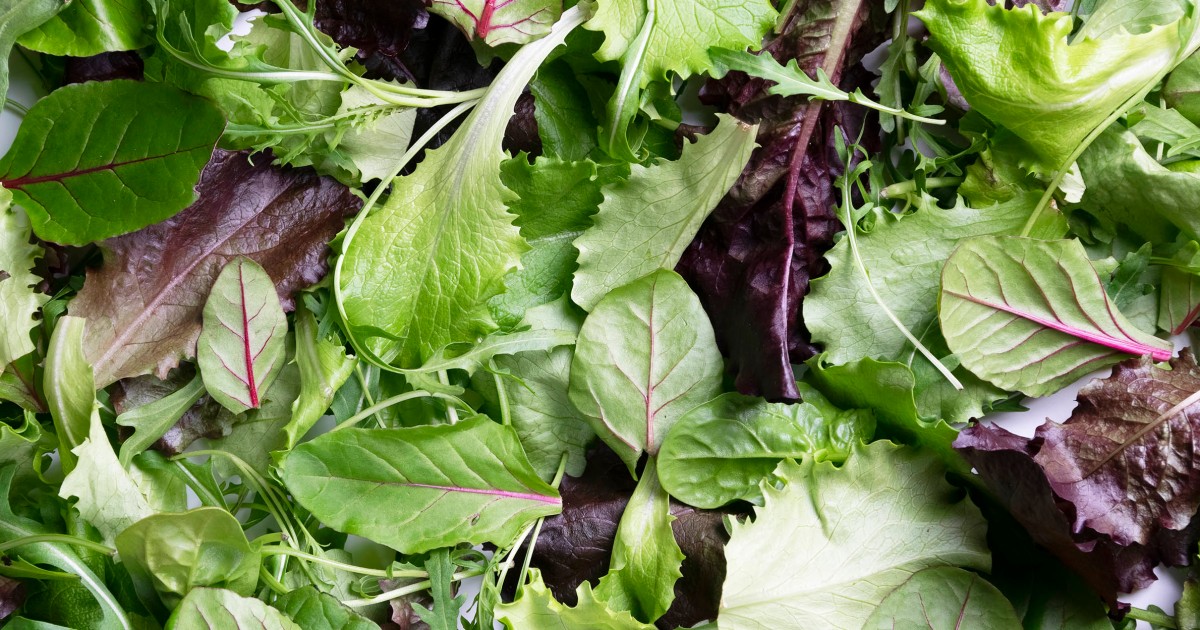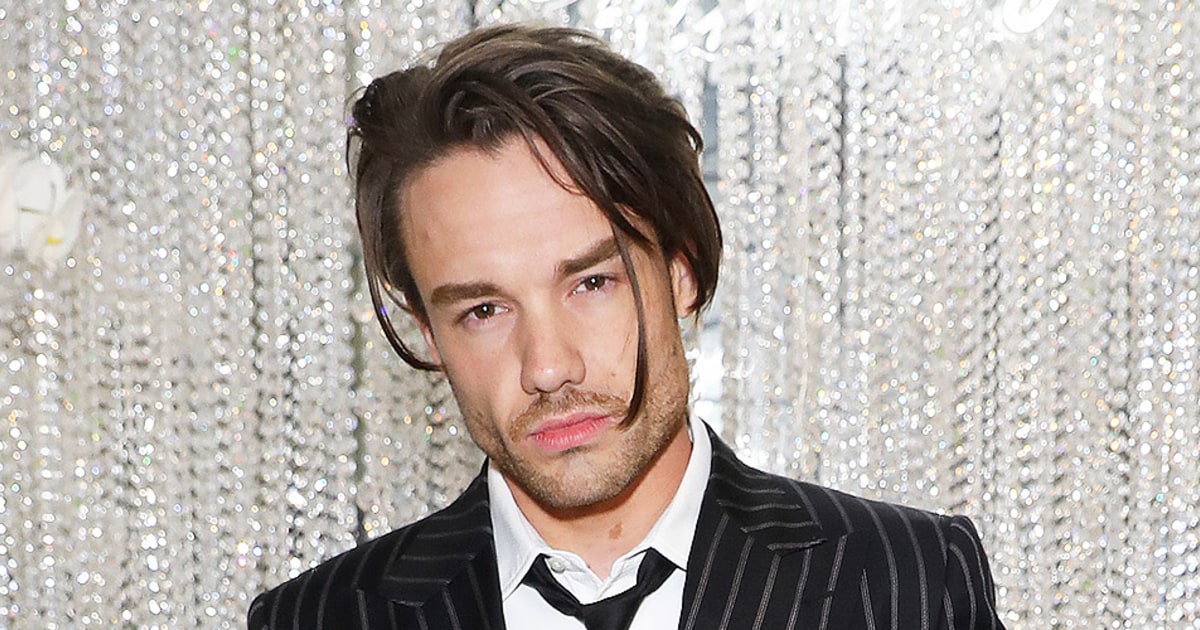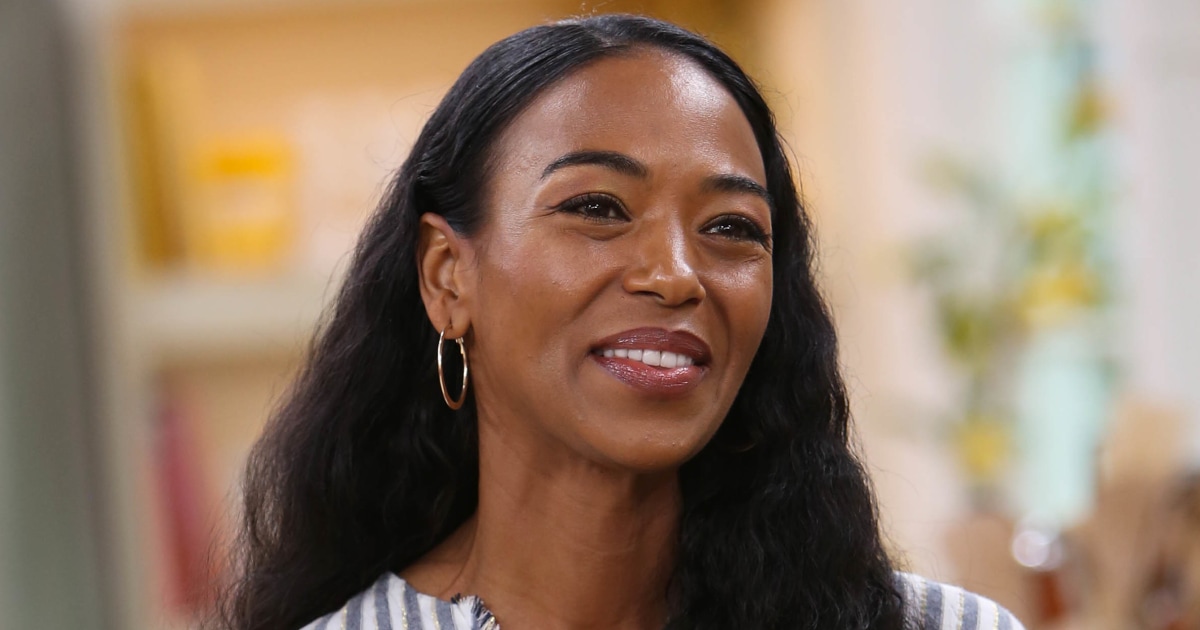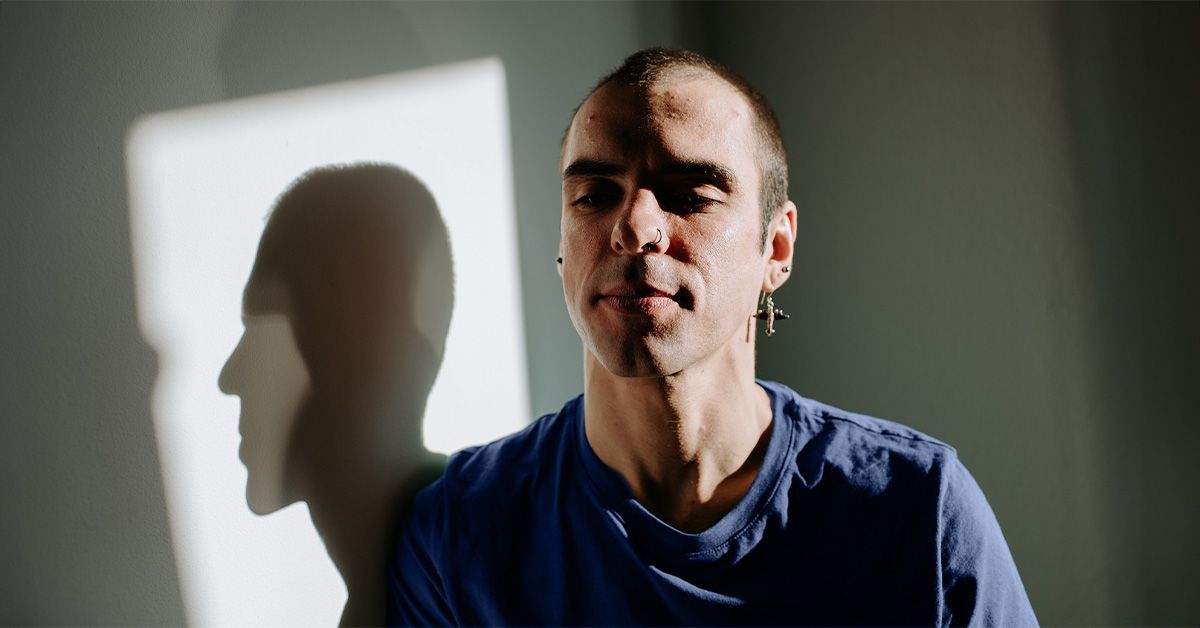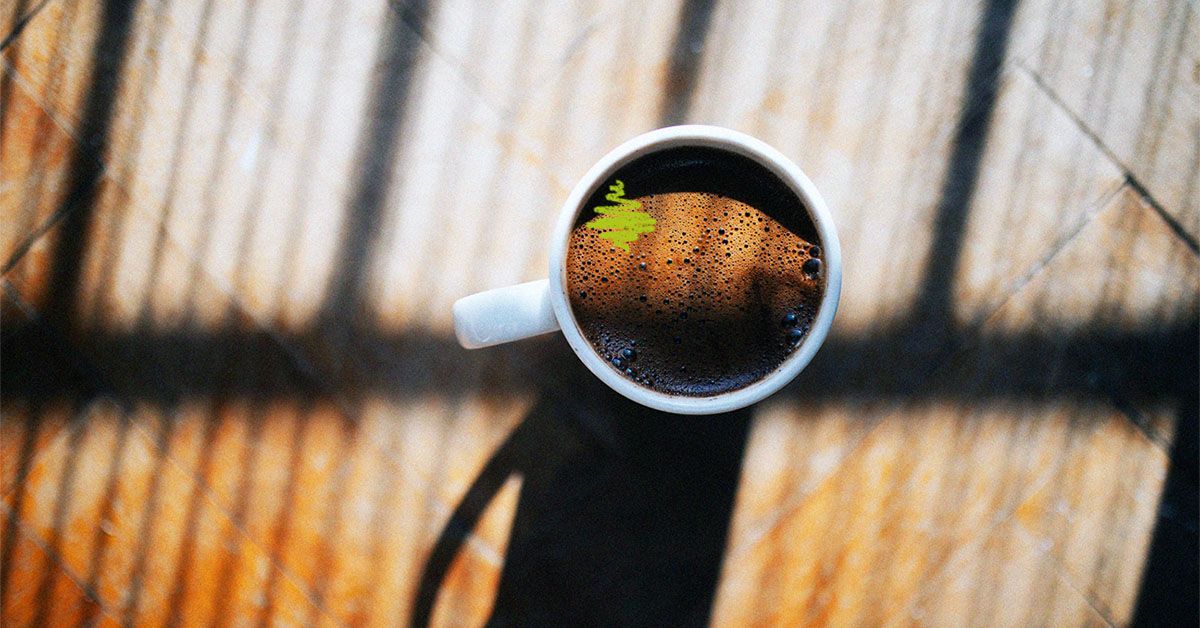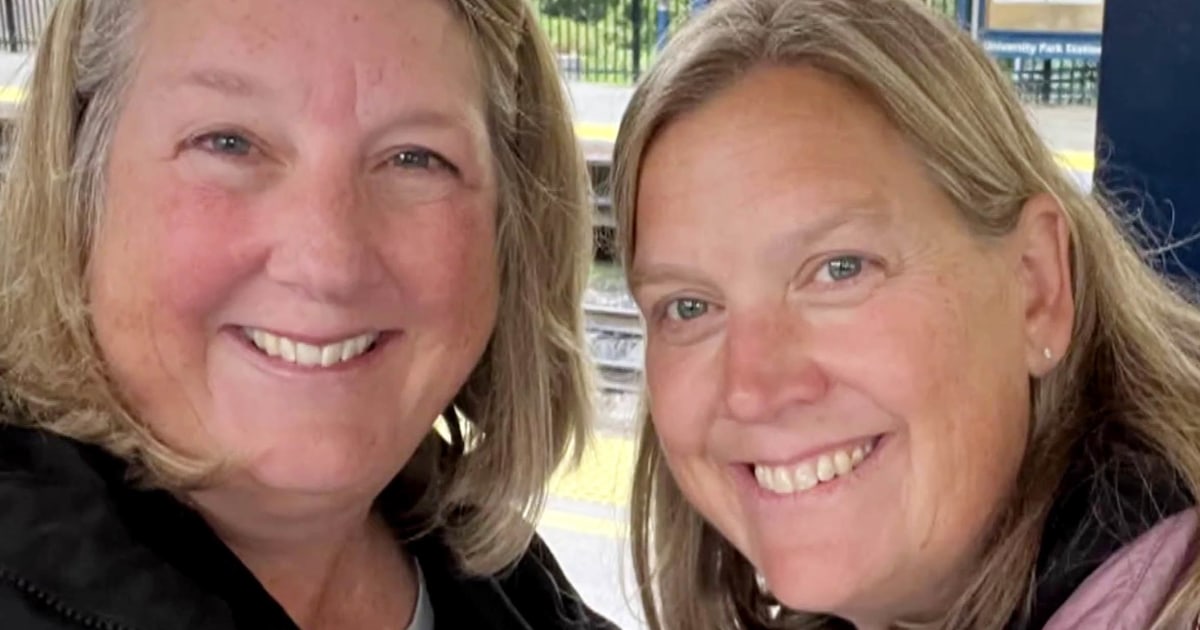Unsurprisingly, it all eventually became too much to handle — though in a 22-year-old arrogant stupor, I did tell an adjunct professor that I didn’t “believe in burnout.” I was, in fact, a college senior heading into an intense graduate program and veeeery burnt out when I made that big, bold statement, but that’s OK … we forgive her.
I navigated my youth and young adult years unaware of the tangled emotional monster my brain was forming, while at the same time feeling the pressure to succeed and achieve and above all exceed my family’s expectations. And because it was ultimately such a leg up to be granted the opportunity to even be in this country, complaining too much about the “little” things that got to me felt counterintuitive.
It would be easy to blame the adults in the room — teachers, parents, doctors. But, frankly, from the outside it seemed that I was managing just fine. In hindsight I can see that the physicians, school psychologists and mental health providers I was exposed to may have lacked the cultural competence to understand what I was dealing with. Meanwhile, at home, the four of us were adapting to colloquialisms and medical terms in a new language and “ansiedad” didn’t sound like an actual diagnosis back then. And, honestly, qué tiene que ver eso con ADHD? A lot, it turns out.
Anxiety and ADHD are separate conditions but for me and many others, the two often go hand-in-hand. Overlapping symptoms like intrusive thoughts, restlessness and difficulties with concentration made it difficult to pinpoint the exact cause of my emotional discomfort. It was clear that I had always been a worrier, but it started to become clearer that at least part of that worry came from my inability to focus on one thing at a time. That is, unless I was super interested — and in those cases, I’d binge-watch, read, listen, study, practice, etc. for hours on end.
I was diagnosed with ADHD in 2023 — after nearly six years of treating my anxiety. My therapist suggested I see a doctor, who recommended a low-dose focus medication, and it was like a switch flipped. I was suddenly free of the persistent procrastination that seemed to bog me down day after day. After the diagnosis, I realized all of the negative qualities that I had attributed to being an overachieving people-pleaser were actually connected to my attention deficit.
I started learning about things like time blindness (the inability to sense how much time has passed and estimate the time needed to get something done) and rejection sensitive dysphoria (emotional distress due to a failure or feeling rejected — experts say it happens due to differences in ADHDers’ brain structures). Suddenly I understood where all my “quirks” came from.
I now know that when I’m tense or upset about something, it might be due to years of feeling like I was constantly forgetting something … a homework assignment, a permission slip for a field trip, part of a song or choreography, the vampire book I was supposed to be reading with my friends, or the club meeting scheduled after school hours. Having a diagnosis empowered me to take the reins and carve a path forward with a wealth of new information at my disposal. Eventually, I figured out the right mix of treatment and medication and learned to prioritize my emotional well-being. (Easier said than done, I know.)
Of course, it’s an ongoing journey. I’m a journalist, which means anxiety is often just part of the job. The news business is exciting, fast-paced and full of stress — it’s devastating and heartwarming all at once. But I’ve made it a point to find a well-rounded life outside of work. I try to walk to and from the office instead of taking a bus or a train. On weekends, I sing and dance with friends and do crafts. I’ve learned to rely on loved ones — my family, partner, friends and community — who, for a long time, I kept mostly at arm’s length out of fear I’d be too much to handle. I’m not interested in figuring out a recipe for happiness (I believe that quest to be a futile one) but I am wholly dedicated to not being absolutely miserable.
It’s estimated that only about 35% of Hispanic/Latinx adults with mental illness receive treatment, compared to the national average of approximately 46%, according to the National Alliance on Mental Illness. As Hispanic Heritage Month comes to a close, and in honor of World Mental Health Day, I’m once again donning my eldest-daughter hat (do I ever take it off?) and kindly encouraging anyone reading who’s felt similar feelings (Latinx or not) to reach out and talk to someone — anyone. Maybe if I had done that earlier, my story would be different. If talking feels overwhelming, maybe write a letter instead, or go outside for a few minutes.
Whatever our struggles are — whether they manifest in a diagnosable condition or not — I’ve learned that there is healing in community. With our world in constant pressure-cooker mode, we have to be able to rely on the people around us. The folks who’ve chosen to remain constant in our lives — even when we behave like tiny Tasmanian devils — are the people who help us regroup when it feels like it’s all spiraling out of control. Just make sure to return the favor every now and again! (I’ll never stop bossing people around, will I?)
Read the full article here






